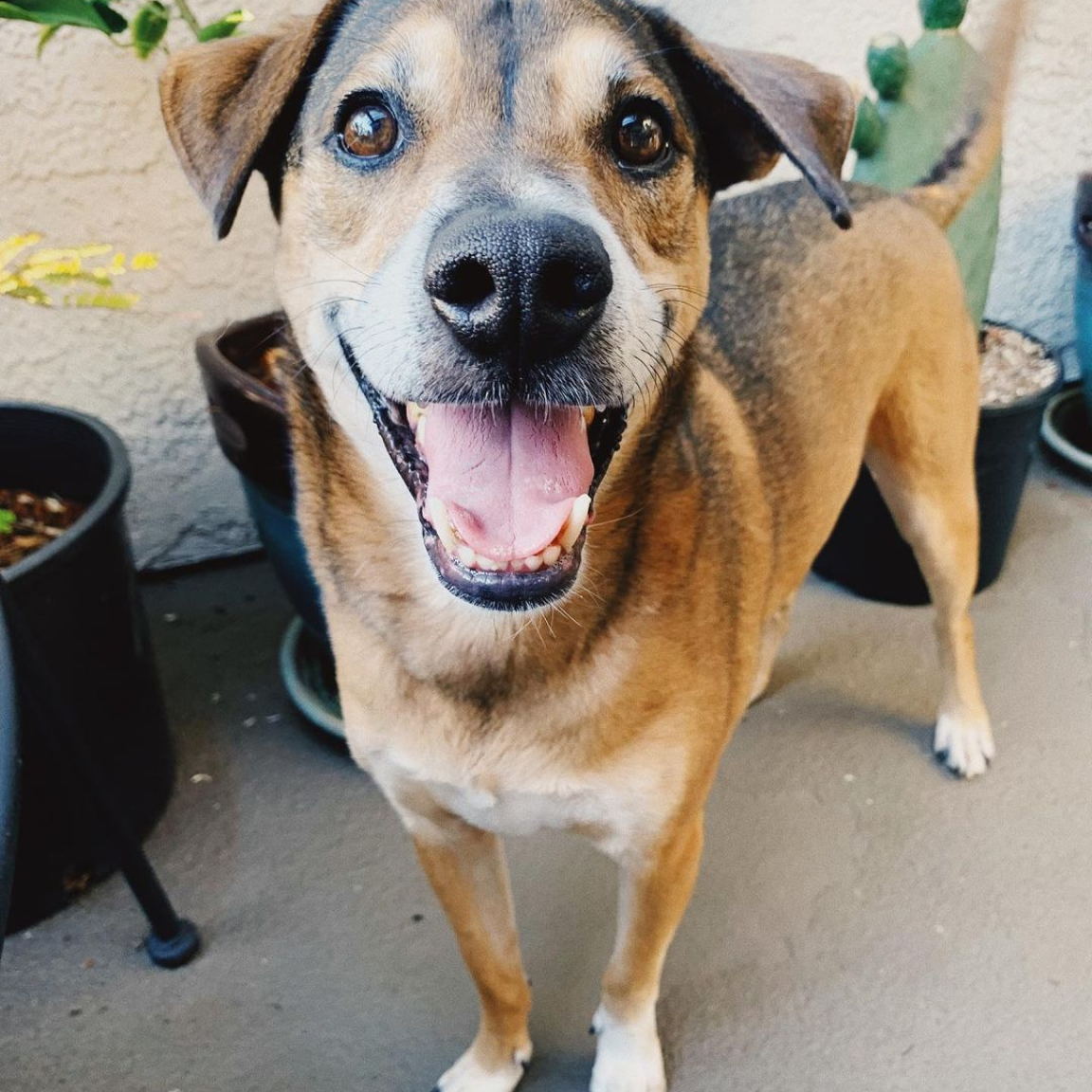
Veterans and Their Service Dogs
It’s hard to imagine what our veterans go through when they return home after fighting for their country. All of the traumatic events that they experience overseas are difficult enough, but then there is the adjustment period to life back in America. For many veterans, having a service dog can help them readjust to a life outside of service. In this article we strive to thank the men and women who bravely serve our country but also to educate the public on the importance of service dogs and other types of service animals.
It's not too difficult to understand that dogs can improve the quality of life for the average American by lowering stress, increasing your fitness levels, and even improving overall happiness levels. But many Americans don't fully understand the importance of service dogs and the benefits they provide to their owners.
The Americans with Disabilities Act (ADA) regulated and promoted the use of service dogs and other types of service animals. According to the ADA, a disability can be either physical or mental and that dogs are recognized as one type of aid for those with disabilities because they help them perform essential tasks and actions. For veterans who risked everything for our country, a service dog can serve as a companion, a physical aid, support system, and everything in between.
What Is A Service Dog?
A service dog is an animal that is trained to help someone with a disability to live a healthier and independent lifestyle. The Americans With Disabilities Act (ADA), which was originally put into place in 1990, regulates service animals and their use by individuals who have disabilities. Service dogs are defined as any guide dog, signal dog or other animal individually trained to provide assistance to an individual with a disability.
The term "disability" is defined by the ADA as a physical or mental impairment that substantially hinders an individuals ability to perform major life activities, has a history of impairment, or is perceived by others to have an impairment. If an individual falls into any of the above categories, then the ADA protects their rights against discrimination and provides guidelines for the use of a service animal.
A service dog is typically specifically trained to assist with the day to day requirements of the individual they will be living with. The exact tasks that the service dog performs can vary based on the needs of the individual. This can range from a guide dog for individuals who are visually impaired, a mobility dog to help individuals in a wheelchair or with balance issues, or even an emotional support or psychiatric service dog to assist individuals with conditions such as post-traumatic stress disorder (PTSD), schizophrenia, or other conditions.
As you can see, the role of tasks performed by service dogs can range greatly, but the benefit they provide to their parent is invaluable.
Common Service Dog Breeds
Service dogs can range in size as well as breeds based on the needs of the individual. Some dogs who work with individuals with balance or mobility issues will have to be physically strong enough to help. In this case, Great Danes, Bernese Mountain Dogs, German Shepherds, or Golden Retrievers are common.
Other breeds such as Poodles or Labradors are often trained from a young age to smell the change of blood sugar levels in individuals who are diabetic or to help detect the sign of an oncoming seizure for individuals who are epileptic.
Other service dogs can learn to guide individuals, carry objects, activate light switches, or other essential activities. Although it is possible for nearly any breed of dog to become a service animal, the most common service dog breeds are typically thought to be Labrador Retrievers, Golden Retrievers, German Shepherds, Poodles, Bernese Mountain Dogs, Great Danes, and Collies.
Showing Support To Veterans And Their Service Dogs
As Veteran Day approaches, as well as all year round, it is important to show our support for active military members, those who have retired, as well as their service dogs. Veterans and their service dogs have worked together to help save lives, protect our country's interests, as well as maintain a sense of safety. You can show support to these groups in many different ways. You can donate to an organization or nonprofit that helps veterans, you can volunteer at an organization to help veterans, you could foster service dogs that are in training, or even promoting these types of organizations on social media can be beneficial to raise awareness.
The power of social media can help spread awareness, increase donations and funding, and help to grow organizations that strive to improve the lives of veterans and their families. Below are a few organizations and social media clips that you could think about sharing with your friends and family!
K9s For Warriors Organization
Website: https://k9sforwarriors.org/
Guide Dogs of America
Website: https://www.guidedogsofamerica.org/
Dogs of Freedom Instagram Account
Service Dog Jack TikTok Videos
Service Dog Jack is a popular TikTok account that helps to spread awareness of the importance of service dogs around the world. Check out one of their most popular videos:
Patriot Paws Organization
Learn how you can help on their website: https://patriotpaws.org/howyoucanhelp/






































